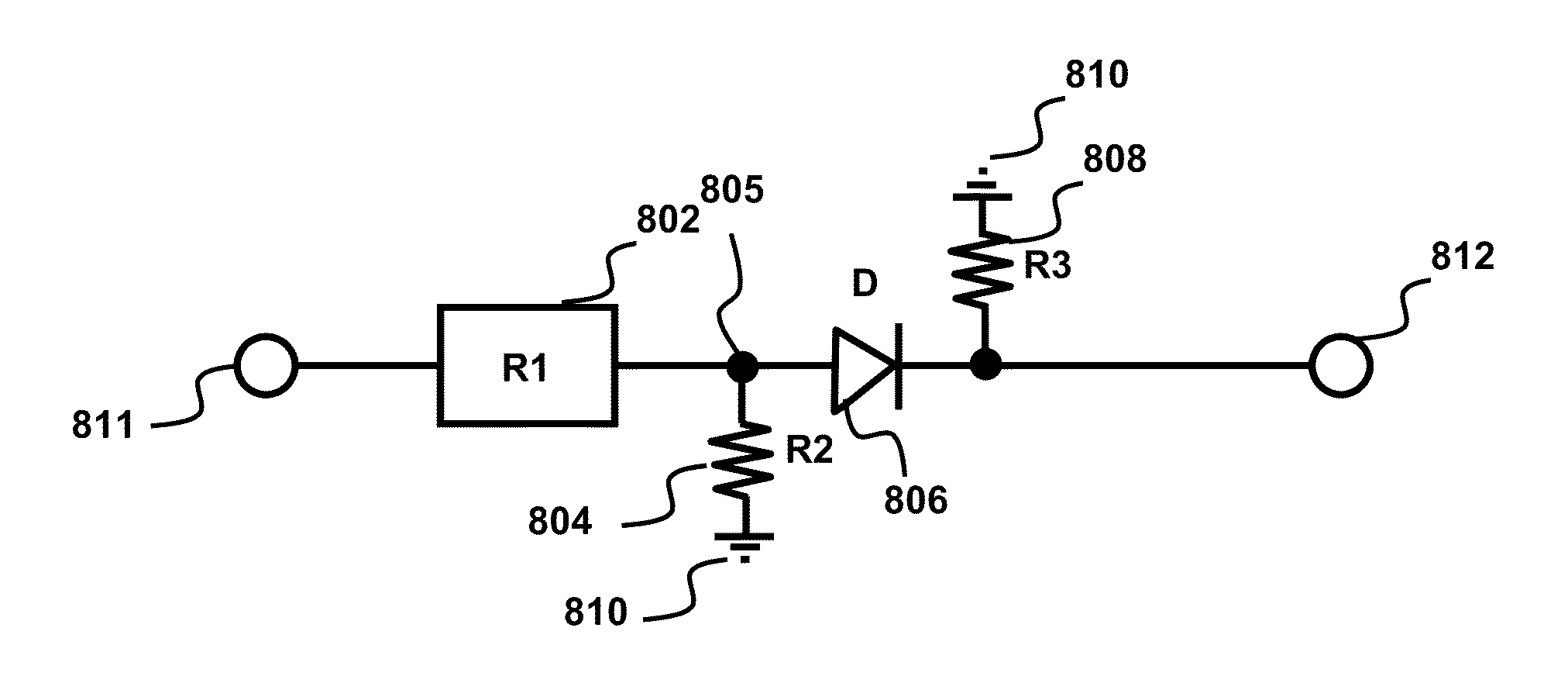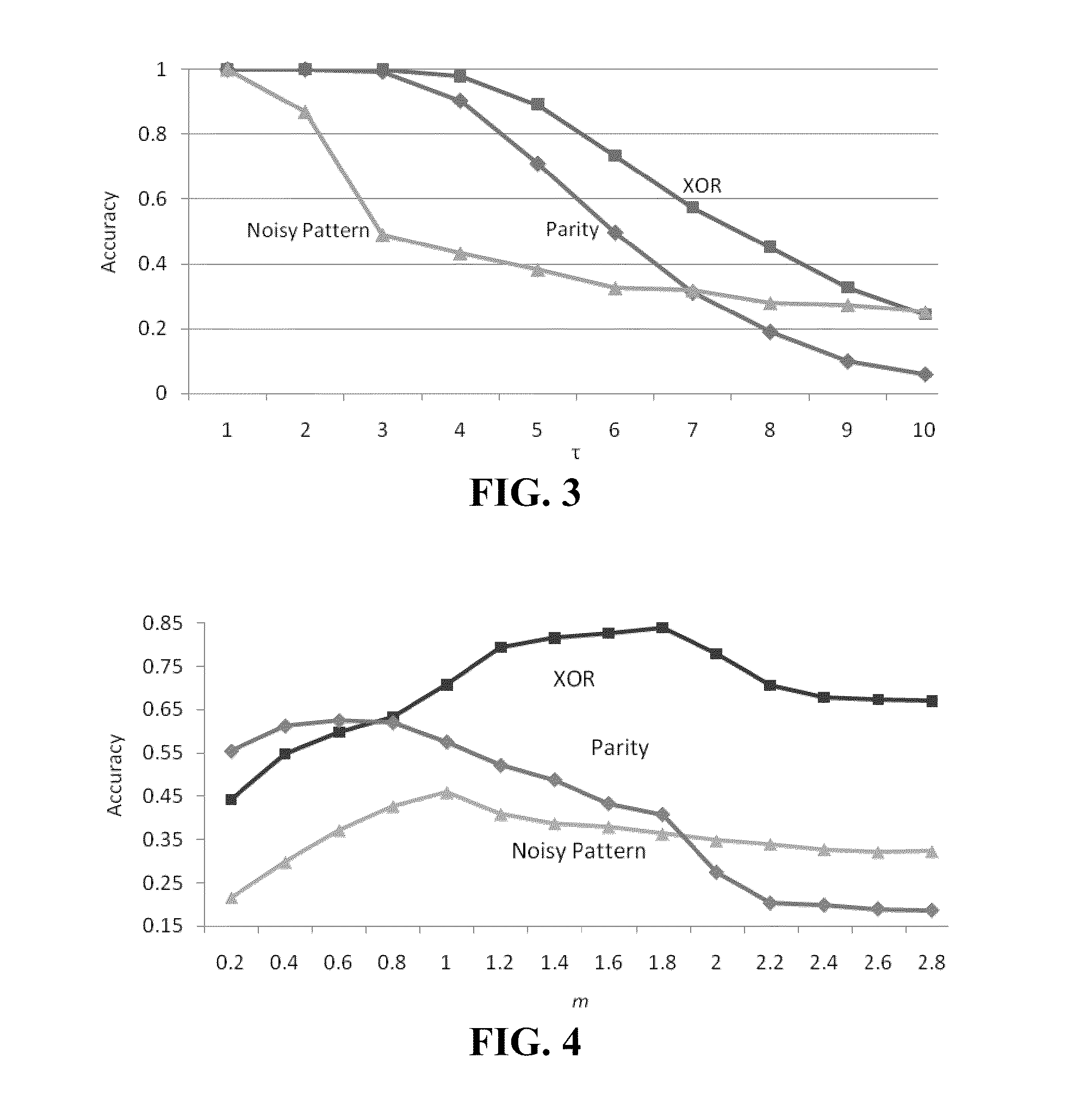Critical Branching Neural Computation Apparatus and Methods
a critical branching and neural computation technology, applied in computing models, instruments, biological models, etc., can solve the problems of not being able to serve as mechanistic models of neural computation, and preventing the use of models to simulate neural computation
- Summary
- Abstract
- Description
- Claims
- Application Information
AI Technical Summary
Benefits of technology
Problems solved by technology
Method used
Image
Examples
example 1
[0151]This example presents a neural network model that produces computationally useful spiking dynamics. Spikes are dynamically excitatory or inhibitory, and the model includes one local algorithm that tunes connection weights towards critical branching, and another that tunes away from spike saturation. Classification of input signals from perturbations of spiking dynamics showed that lattice connectivity supported memory and separation of inputs.
1. Neural Networks
[0152]Nervous systems tend to be characterized by recurrent loops across a wide range of spatial and temporal scales. In particular, if one traces the branching of synaptic connections projecting out from a given starting neuron, numerous branches can be found to recurrently connect back to the starting neuron. These recurrent loops may consist of a wide range of intervening numbers of neurons, and intervening neurons may range from physically proximal to distal with respect to the starting neuron.
[0153]Spiking dynamics ...
example 2
[0182]In this example, a self-tuning algorithm is developed for use with leaky integrate-and-fire (LIF) neurons that adjusts postsynaptic weights to a critical branching point between subcritical and supercritical spiking dynamics. The tuning algorithm stabilizes spiking activity in the sense that spikes propagate through the network without multiplying to the point of wildfire activity, and without dying out so quickly that information cannot be transmitted and processed. The critical branching point is also found to maximize memory and representational capacity of the network when used as liquid state machine.
Self-Tuned Critical-Branching Model
[0183]Presented in this example is a model that simulates neural computation near criticality, but in a network of spiking neurons instead of threshold gates. The model includes a self-tuning algorithm that is local to each neurons postsynaptic array, and local in time with respect to each presynaptic firing event and its immediate postsynap...
PUM
 Login to View More
Login to View More Abstract
Description
Claims
Application Information
 Login to View More
Login to View More - R&D
- Intellectual Property
- Life Sciences
- Materials
- Tech Scout
- Unparalleled Data Quality
- Higher Quality Content
- 60% Fewer Hallucinations
Browse by: Latest US Patents, China's latest patents, Technical Efficacy Thesaurus, Application Domain, Technology Topic, Popular Technical Reports.
© 2025 PatSnap. All rights reserved.Legal|Privacy policy|Modern Slavery Act Transparency Statement|Sitemap|About US| Contact US: help@patsnap.com



